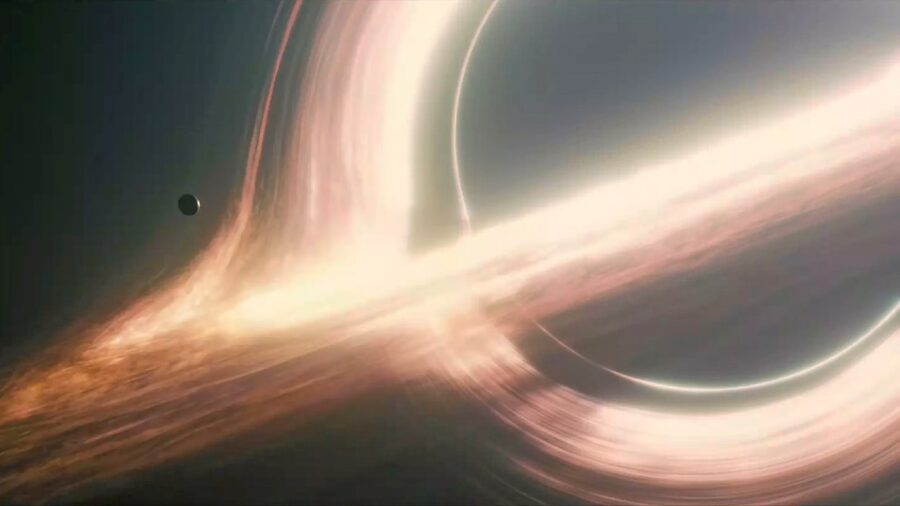A supermassive black hole has been observed passing through several galaxies at high speed.

New scientific discoveries can cause a sensation in the scientific community, and such discoveries as recent advances in how we tell time can have an impact on how scientists theorize about specific concepts. Another recent discovery that could have major implications for how scientists study black holes. According to an article from Science NewsA supermassive black hole is moving through a number of galaxies at an alarming rate.
The results were initially reported by Yale University scientist Peter van Dokkum and his team. The shape immediately stood out to van Dokkum, “Whatever it is, we’ve never seen it before,” van Dokkum said, before adding, “Most astronomical objects are shaped like a spiral or a bubble. There aren’t a lot of things that are just a line in the sky.” And he continued: “We have taken into account a lot of interpretations, and the explanation that suits the best is what we are witnessing is a huge body, like a black hole, moving very quickly away from the galaxy,”
Astronomer Charlotte Angus believes the findings are important for confirming theories on the subject of black hole research. “The possibility that this could be due to a supermassive black hole being ejected from their galaxy is very exciting. These events have been predicted in theory, but so far, there is little evidence for them.”

Both scientists think this could prompt researchers to go back into the archives and look for similar black hole lines or patterns. With 25 years of Hubble imagery, they believe that while images were not searched with the intent of finding the lines beforehand, a new look with precisely this intent could yield more results.
There are a number of possible explanations for this type of motion in the supermassive black hole. One idea is that after two galaxies come together, the black holes that formed around them also merge, and sometimes this can propel the new black hole out of the galaxy on a high trajectory. Another theory is that it could be the result of three galaxies clumping together. This can throw off a galaxy and its streaks across the universe.
This anomaly was first recorded when van Dokkum and his colleagues were observing dwarf galaxies with the Hubble Space Telescope. After their initial discoveries, scientists revisited the event using the Keck Observatory in Hawaii. Scientists will want to continue observing this system with additional telescopes such as the James Webb Space Telescope to confirm that it really is an ejected supermassive black hole, although this seems like the most likely possibility based on the image and theories surrounding the observed shape.
Scientists believe (based on the images) that the line is about 200,000 light-years away and was part of a galaxy whose light will take about eight billion years. It is estimated to be about 20 million times the mass of the Sun and is moving at 3.5 million miles per hour.
Although black holes on their own are not visible, the motion of black holes also attracts some stars and gas, which will emit radiation powerful enough for telescopes to detect. Black holes in their movements can also cause new stars to form as gas interacts with compresses, and this is also visible with a telescope. This is why when scientists watched the event, it appeared as a line on telescope images instead of the more common spiral or bubble shapes they were used to seeing.
The findings may be able to confirm long-standing theories about how supermassive black holes interact and function in relation to each other. The idea that a supermassive black hole could be ejected from its galaxy is one that scientists have theorized but haven’t seen yet.

“Typical beer advocate. Future teen idol. Unapologetic tv practitioner. Music trailblazer.”






More Stories
Boeing May Not Be Able to Operate Starliner Before Space Station Is Destroyed
How did black holes get so big and so fast? The answer lies in the darkness
UNC student to become youngest woman to cross space on Blue Origin